Drawings of the Number 1 Drawings of the Number 2 Funny
The best drawing books in 2022
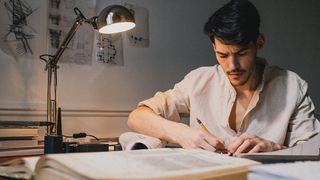
The best drawing books offer inspiration, besides often being a delight to look at, offer tons of inspiration and an effective way to learn and practice new skills. They range from step-by-step process guides to compendiums of examples and techniques and general inspiration. And we've worked our way through quite a stack of them to make a selection of the best drawing books around, both recent titles and longstanding classics.
We've picked out drawing books with very different approaches. Some of our picks offer practical tips and plenty of practice exercises on everything from fundamental techniques to specific skills such as drawing portraits or gestures, while others are more theoretical or provide beautifully illustrated inspiration rather than step-by-step guides. We've included books for different levels too to provide options for artists with different amounts of experience, from beginner s to professional illustrators who are looking to develop specific styles – there are always more techniques to learn and new skills to master and some of the best drawing books offer great advice on developing creative thinking in general.
For more essential reading, see our guide to the best illustration books and our selections of how to draw tutorials and sketching tips. And if you're thinking of exploring digital drawing, make sure you see our guide to the best drawing tablets.
The best drawing books available now
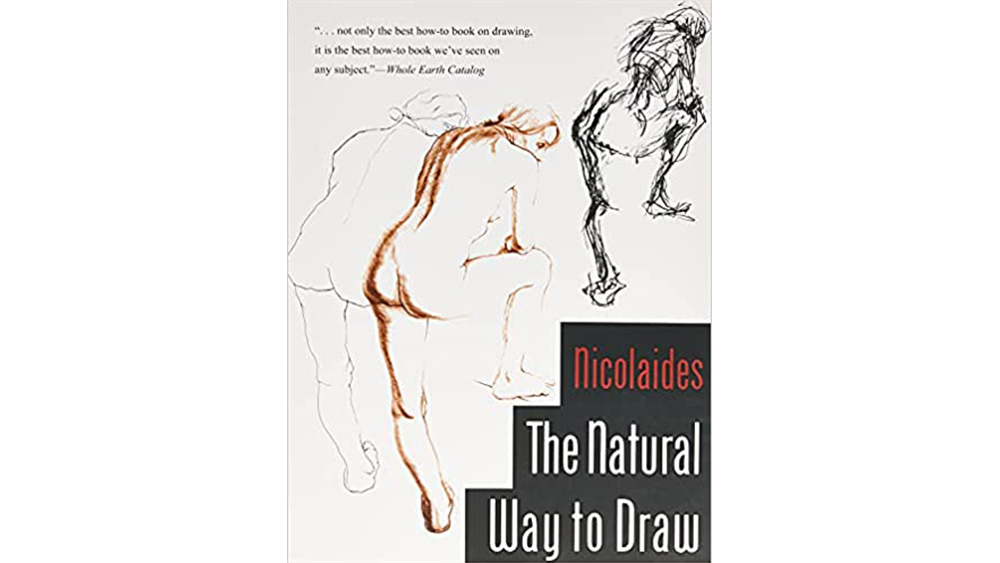
Sometimes the best drawing books are those that have been used by art students for decades. First published way back in 1941, The Natural Way To Draw was put together by Kimon Nicolaides' students based on his teaching at New York's Art Students' League. Nicolaides developed a system for teaching drawing that he designed to be followed by anyone.
Prescribed reading in some of the best art schools for many, many years, the approach concentrates on mastering the key concepts of contour, gesture, weight and structure, with 64 exercises designed to be followed over a year of practice. It's well illustrated with examples from the Old Masters as well as student works. The emphasis is on the natural gestures of living beings in motion – humans but also animals. The way it's written may seem rather antiquated and impractical today, but it's still a classic, and the fervour of Nicolaides' students comes across today in the way the book is written.
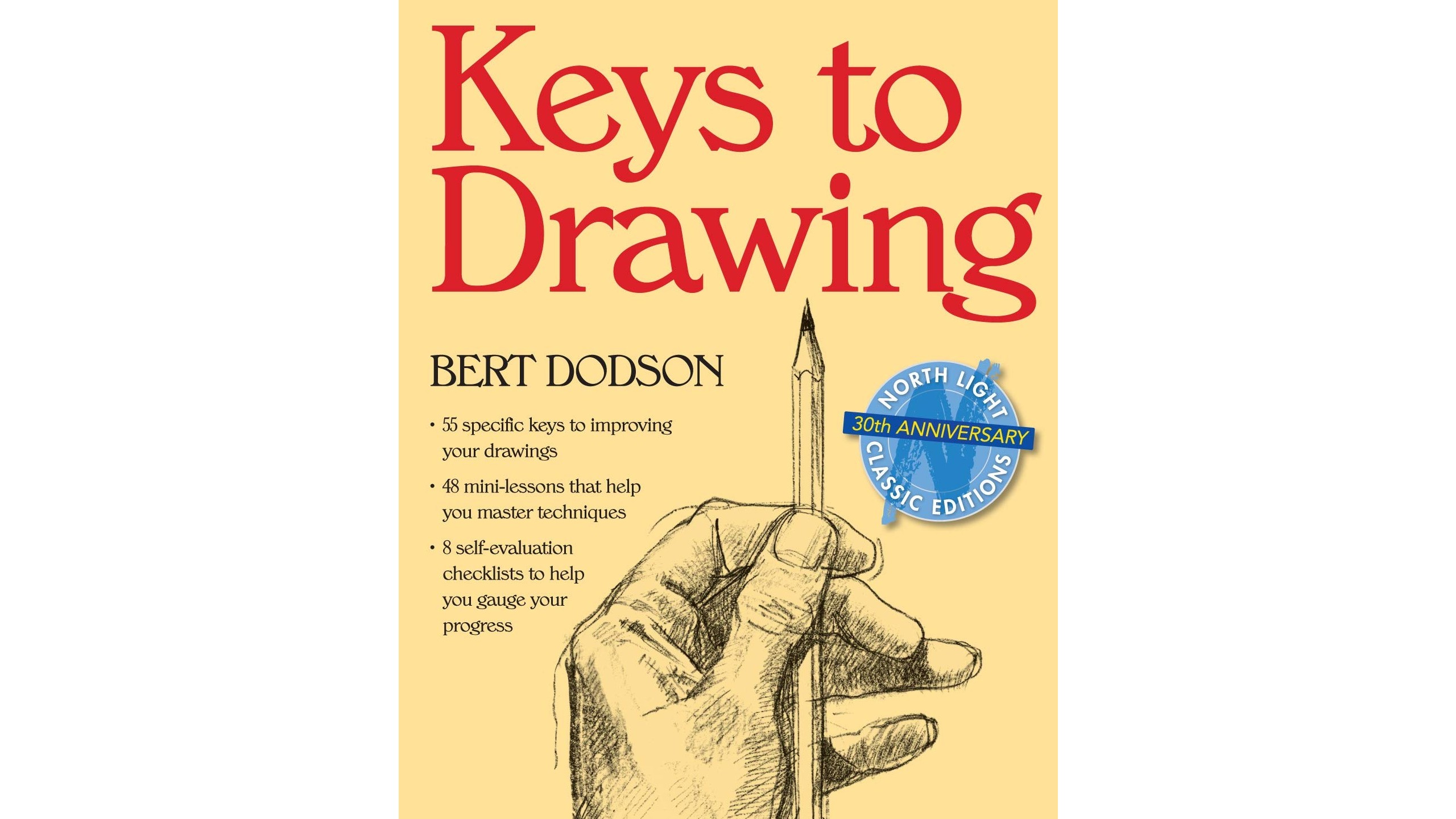
If you're just starting out, the best drawing book to begin with is this classic primer by Bert Dodson. Having illustrated more than 70 children's titles and worked as an animation designer for PBS, Dodson is very much an expert in his field. He also knows how to explain the process of drawing in plain language that anyone can follow.
In Keys to Drawing, Bert explains a complete drawing system made up of 55 'keys' to draw any subject with confidence. Along the way, we learn how to free hand action, then control it. We also discover how to restore, focus, map, and intensify; convey the illusions of light, depth, and texture; and stimulate the imagination through "creative play". Plus we get lots of exercises packed in to practice, practice, practice.
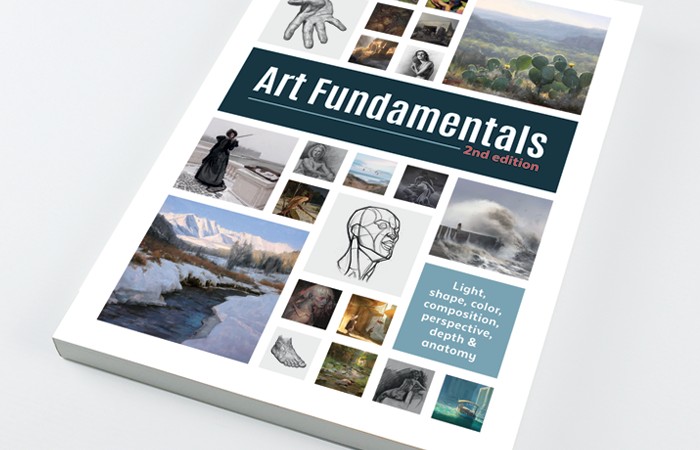
A broad understanding of the fundamental concepts, conventions, and theories of art is essential for producing successful work, and this is one of the best drawing books on the market covering these subjects. Compiled by some of the most experienced artists in the games and film industries today, it covers a range of fundamentals including the rule of thirds, rule of odds, Golden Triangle, and Divine Proportions.
In this book, we learn all about colour and light, perspective and depth, anatomy, and portraying emotions. The book also explores the power of storytelling in an image, and how the slightest tilt of an eyebrow can transform happiness into anger. The book was followed up by another title, which you can read about in our Beyond Art Fundamentalls review.
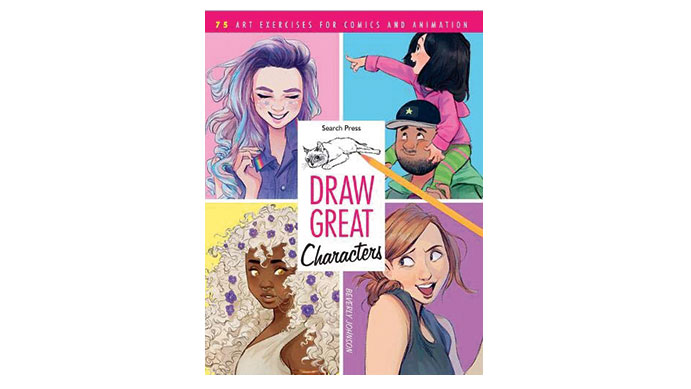
Drawing characters can be a difficult skill to master. but this beginner-friendly drawing book by children's illustrator and character designer Beverly Johnson shows you how it's done. There are chapters covering shape language, facial expressions, body language, interactions and more. The book explores character design from every angle and finds refreshing approaches, including an exploration of how settings communicate character. We also found the exercises offered plenty of practice to help develop new skills.
While this book is great for beginners, even experienced character designers can find a lot of interesting tips here. It includes a series of challenges that demonstrate how the author solved the brief, allowing you to see the theory put into practice.
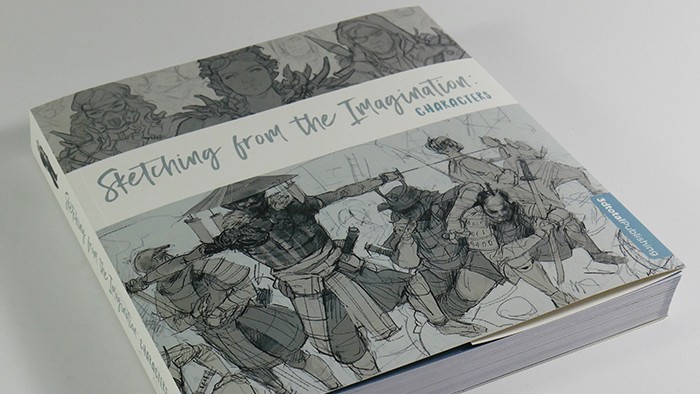
If you're specifically interested in drawing fantasy creatures, this softcover book will provide a lot of inspiration. It features work by 50 artists from across the field of creature design: everything from dragons and fairies to mechanical structures and aliens. Each artist offers their personal commentary, advice, and tips on drawing techniques and concept design processes.
The book shows you this work in all stages of development, mostly in black and white. That said, now and again full colour illustrations pop up, making for a welcome change of pace.
Note that this isn't a tutorial or 'how to' book like the other best drawing books on our list, and there's no easy way to quickly find a particular subject matter or style (unless you happen to be familiar with every artist). It's more a source of inspiration, reference and ideas. However, the art is made accessible and it's fascinating in its variety. We found the artistic insight to be a nice added extra. See our full Sketching from the Imagination review for more details.
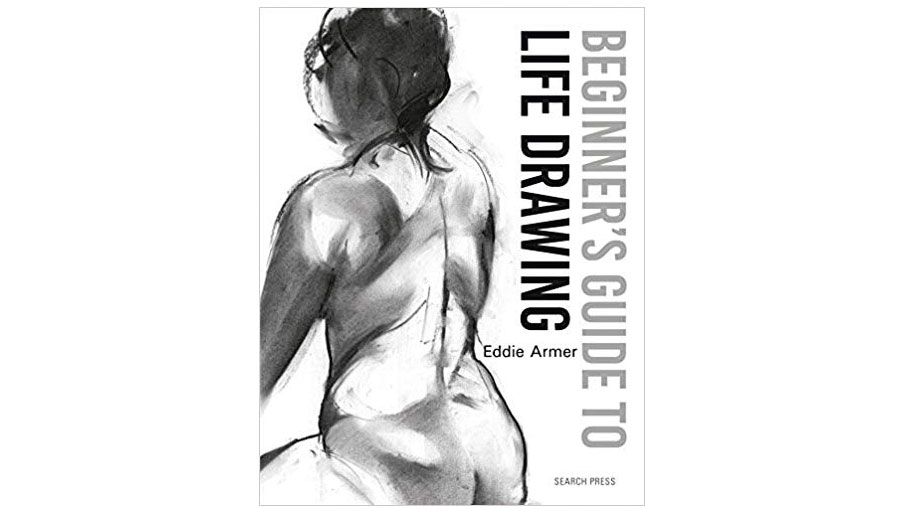
"Life drawing is not only about learning to draw the body accurately; it also teaches you to translate our complex three-dimensional world... to the confines of a sheet of paper," says artist Eddie Armer in his Beginner's Guide to Life Drawing. And the book provides some great insights into that over almost 100 pages filled with step-by-step drawings and helpful analysis on the methods used, with insights on tone, line, shade and position. That said, although it's described as a beginner's guide, there's not as much guidance as some complete beginners might like on how to achieve proportion and accurate anatomical shapes if you don't already have some skills of observation and drawing (Draw the rest of the owl, anyone?). For more titles specifically geared towards figure drawings, see our guide to the best figure drawing books.
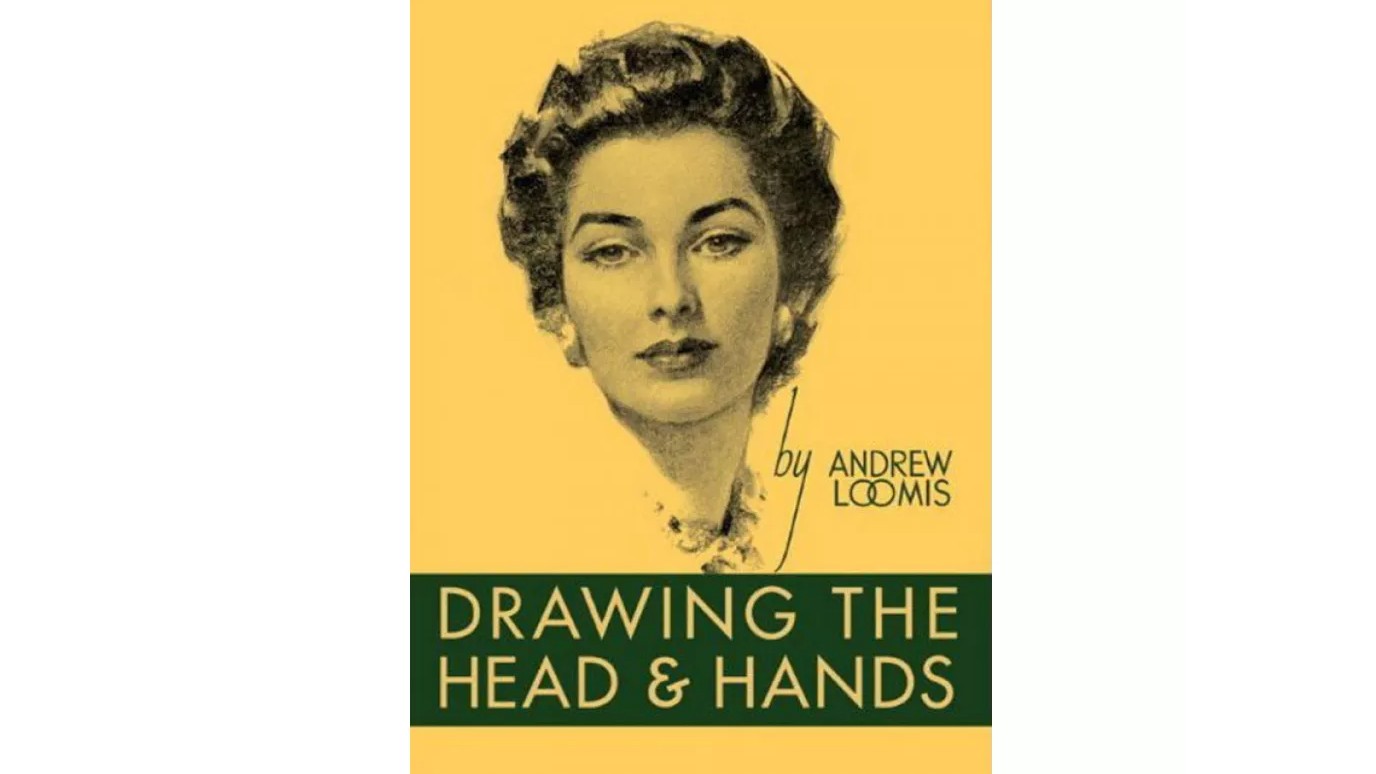
If you're struggling with the basics of drawing people, it's a good idea to focus on getting the hands and heads right first. These can be the most difficult part, and this drawing book by Andrew Loomis, one of the great commercial illustrators of the 20th century, looks at this in detail.
The head and hands are the most difficult elements in figure drawing. But the author's explanations are detailed and engaging, and his systematic approach will help you understand the principles behind drawing realistic portraits. So despite its age, this is hands-down (pun intended) the best anatomy reference book for newbies.
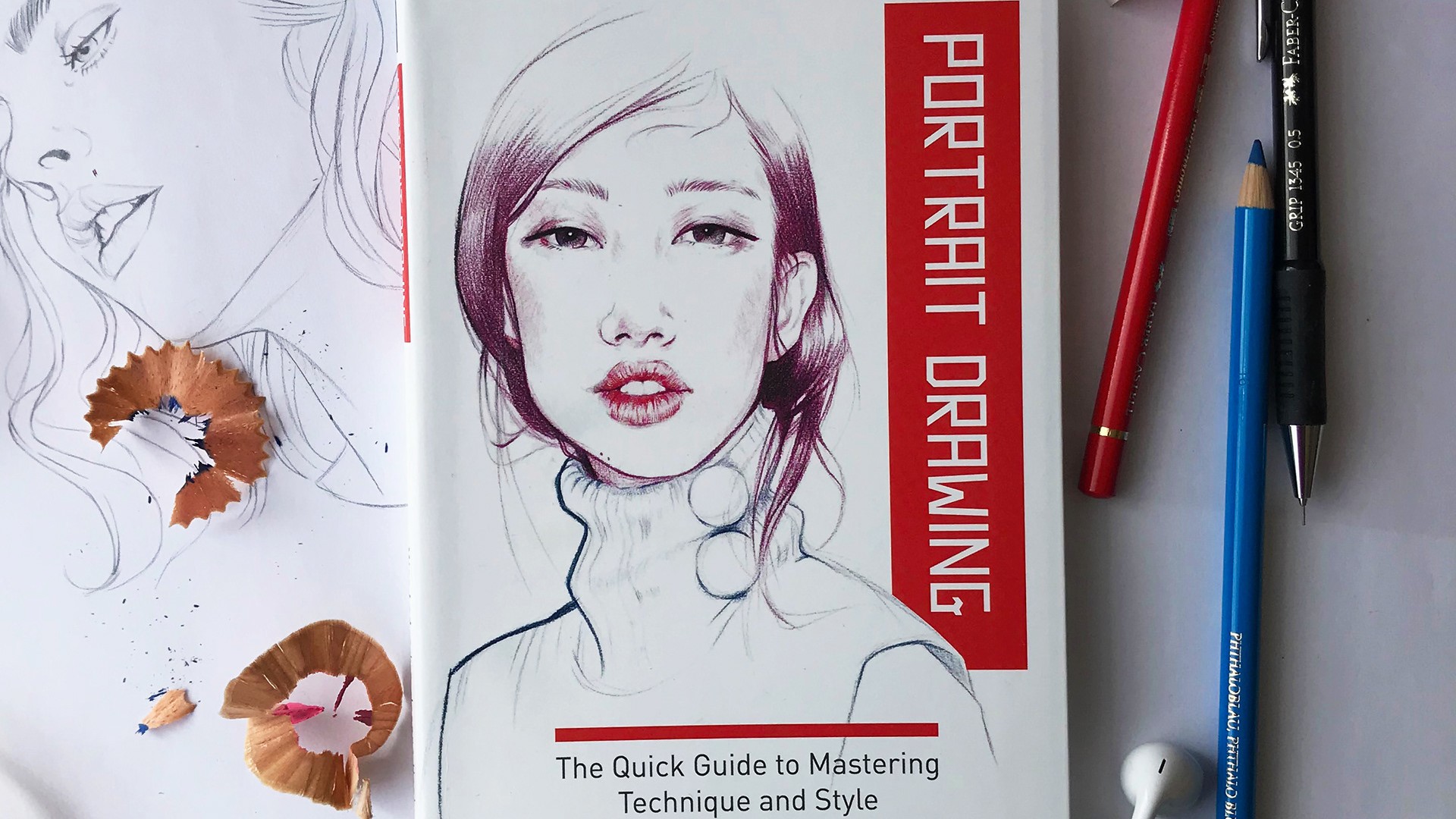
Want to improve your portrait skills? Here's a great book to help you out in which artist Miss Led (aka Joanna Henly) breaks down the process of portrait drawing into manageable, easy-to-understand stages. Aimed at beginners and experienced artists alike, this book provides a solid introduction to portrait drawing techniques, by exploring topics such as expressions and facial structure.
The book is full of expert advice and tips and it offers plenty of exercises for readers to put into practice. It isn't heavy on text, and there could be more explanation, but the book covers everything it needs to, leaving space for Miss Led's stunning art to shine. Overall it works well and it's accessible for artists of every skill level.
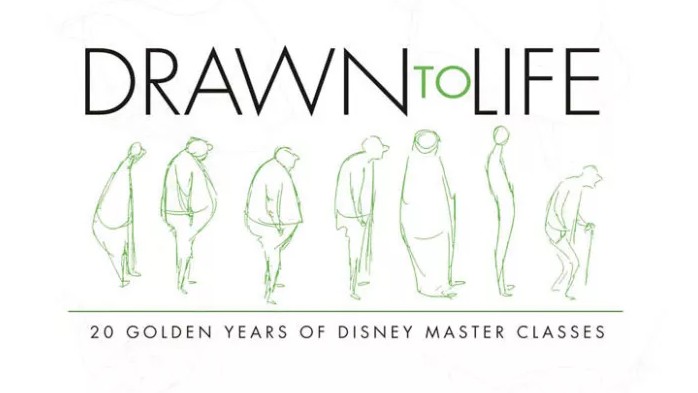
Once you've learned to draw still figures, you'll want to bring your drawing to life by capturing gestures accurately and successfully. This book, based on a legendary series of lectures by long-time Disney animator Walt Stanchfield, should help out there. It shows how to add emotions, life and action to your drawings, with a heavy focus on gesture drawing.
Don't expect a book filled with finished drawings; this is very much about teaching how to capture the moment. If you're interested in learning how to create drawings with character and flow, this is a must-have reference.
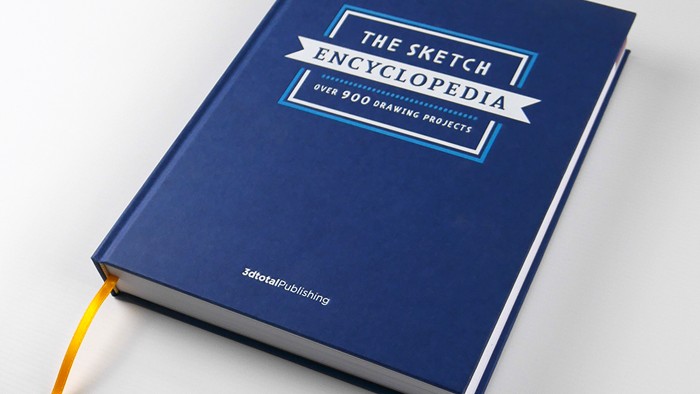
Seeking sketch ideas for drawing practice? This encyclopedic guide features more than 1,000 projects. Each one is divided into four key steps: sketch, line drawing, and two that build up and complete the form. With lessons on creatures, people, buildings, famous landmarks, vehicles and nature, you're sure to find inspiration to get you started sketching.
We found everything to be nicely categorised, making it easy to find what we were looking for. There's also an extensive introduction covering tools, line making, light theory, perspective and texture.
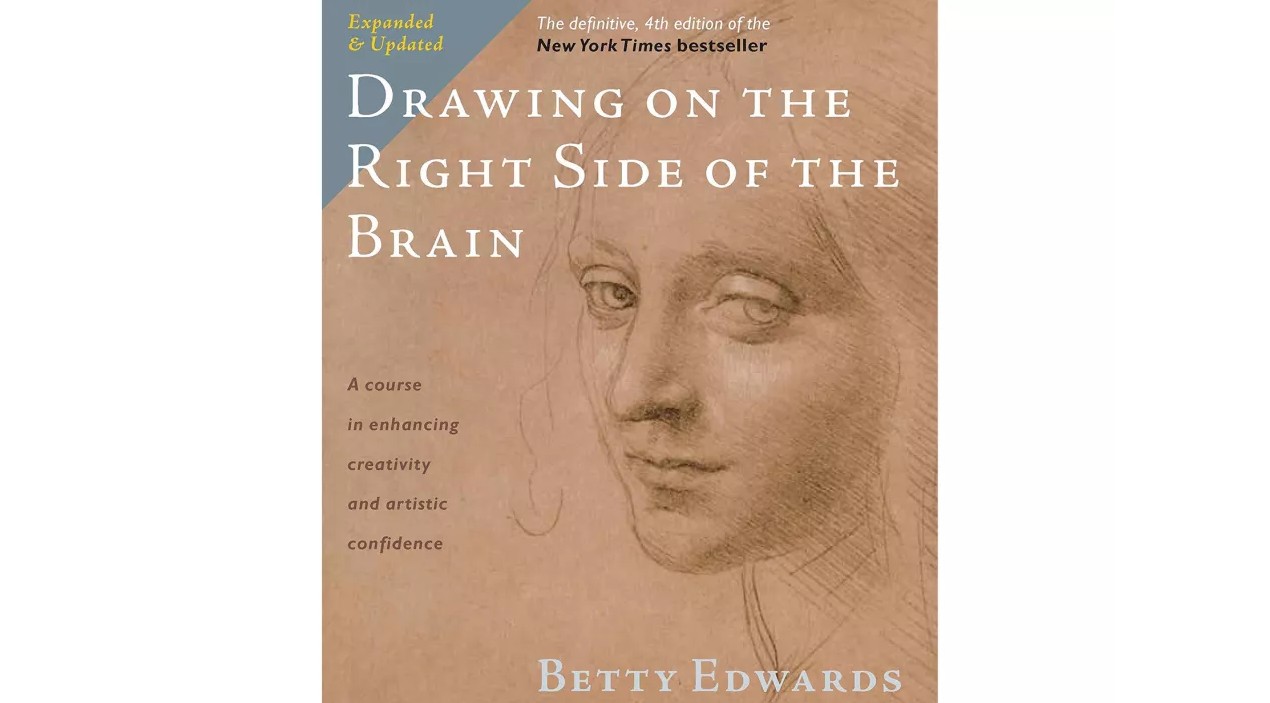
Technique is one thing, but to become great at drawing, you need to unleash your creativity too. This revised edition of one of history's most iconic drawing books will help you do just that. Author Betty Edwards delivers a lot of interesting concepts as she encourages you to explore the importance of creative thinking. She approaches learning how to draw by teaching you how to see differently, and explains everything from technique to materials.
This revised version includes new research on the brain's plasticity and the enormous value of learning new skills and utilising the right hemisphere of the brain. Art teachers are likely to find this material super-useful.
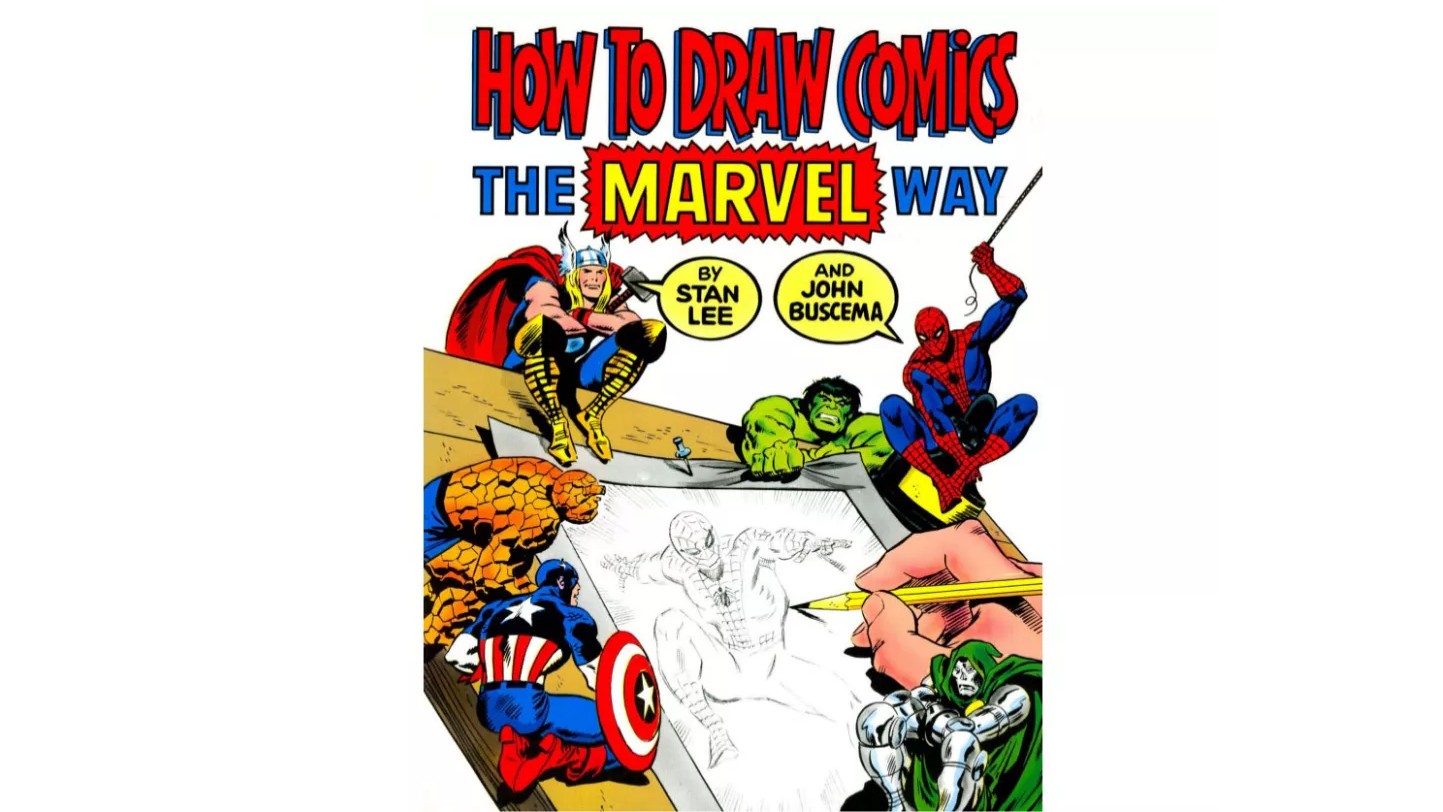
Marvel is the biggest name in comic art, and no list of the best drawing books would be complete without this fine manual from Stan Lee and John Buscema. As well as figure drawing, it teaches vital lessons on composition, shot selection, perspective, character dynamics, and more. Yes, there are newer and more in-depth books out there, but as big comic book fans, we find this book's lavish, full-colour illustrations make learning to draw a true joy.
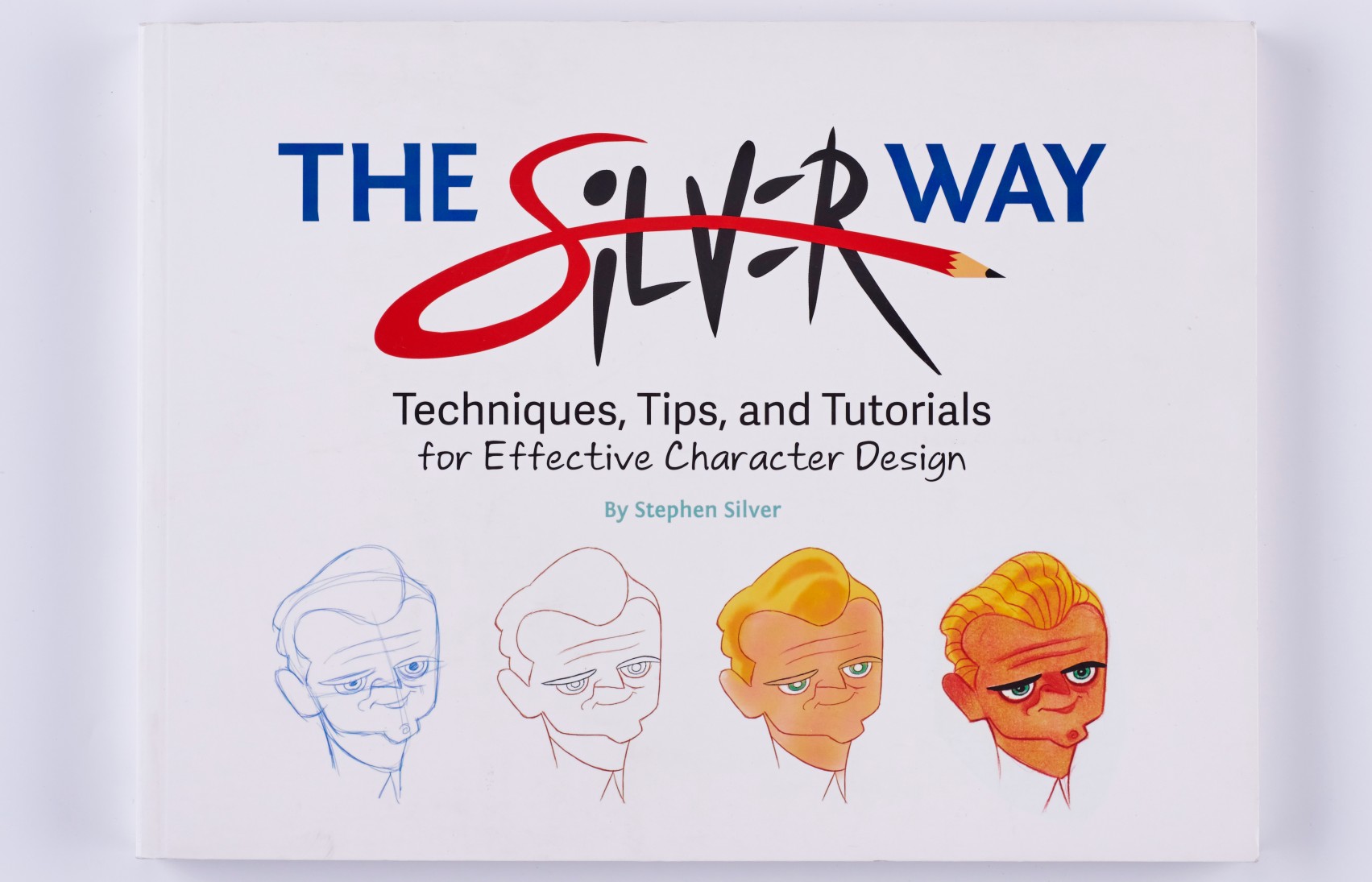
Part of learning how to draw is learning to have confidence in your work. Here Stephen Silver, the artist behind the character design of shows like Kim Possible, offers guidance, encouragement, and inspiration to help develop your character design. You'll also find easy-to-follow tutorials and drawing techniques. Silver's book is as informative as it is beautiful. For added inspiration, see our own roundup of character design tips.
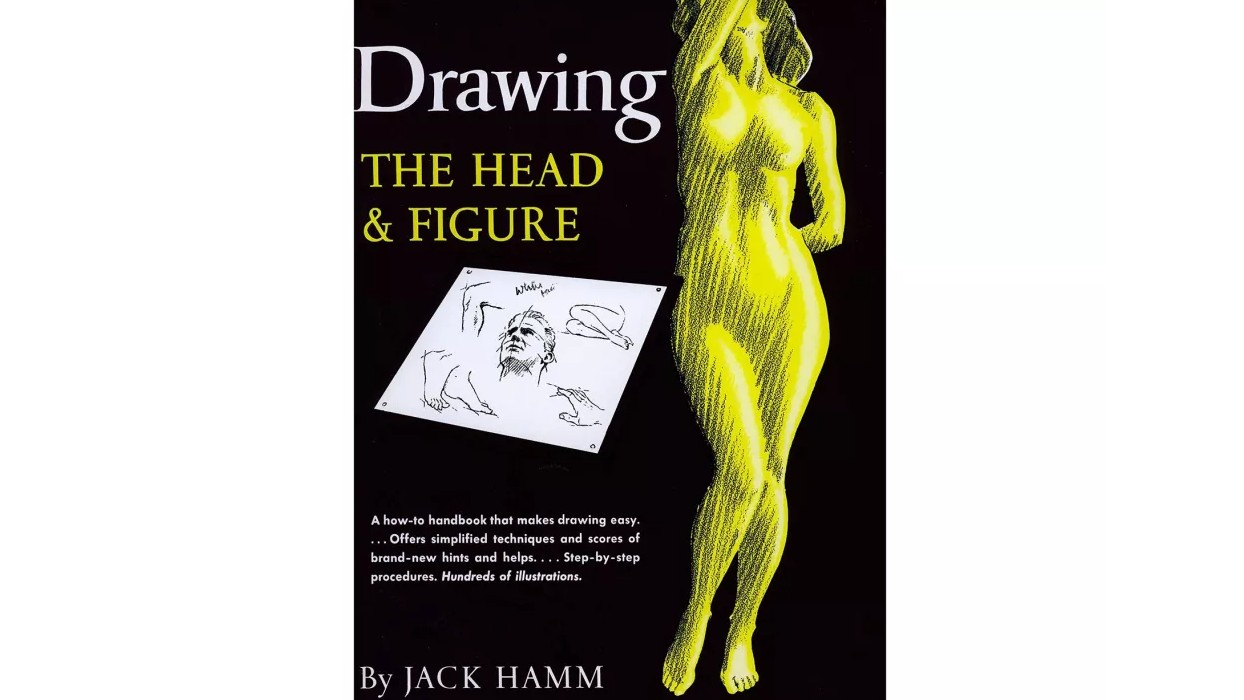
This book is packed with helpful advice on how to draw human figures. Author Jack Hamm's approach is simpler than that of Andrew Loomis' book (number five on our list). It contains hundreds of illustrations and offers a clear, step-by-step approach that can help even beginners to draw better and more confidently. Yes, some of the drawings may look a little dated (particularly the hairstyles and clothing!), but we find that adds to the charm. It's also testament to how this excellent primer has stood the test of time.
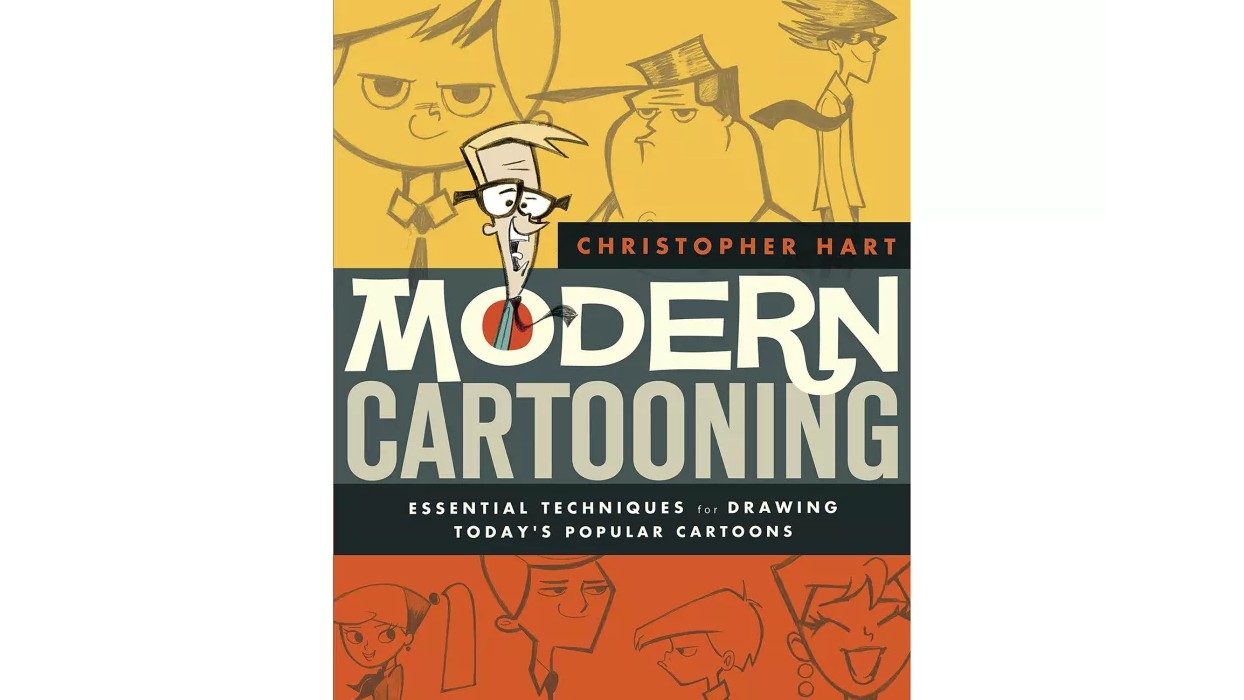
Cartooning is a very specific art, but this book from Christopher Hart shows you the essential techniques you need to know to unleash your potential. Aimed at beginners, it takes us step-by-step through the process of creating cartoons, and covers faces, bodies, backdrops, and more. It makes a fine accompaniment to Hart's YouTube channel (opens in new tab) which regularly shares easy-to-follow, step-by-step tutorials on cartooning.
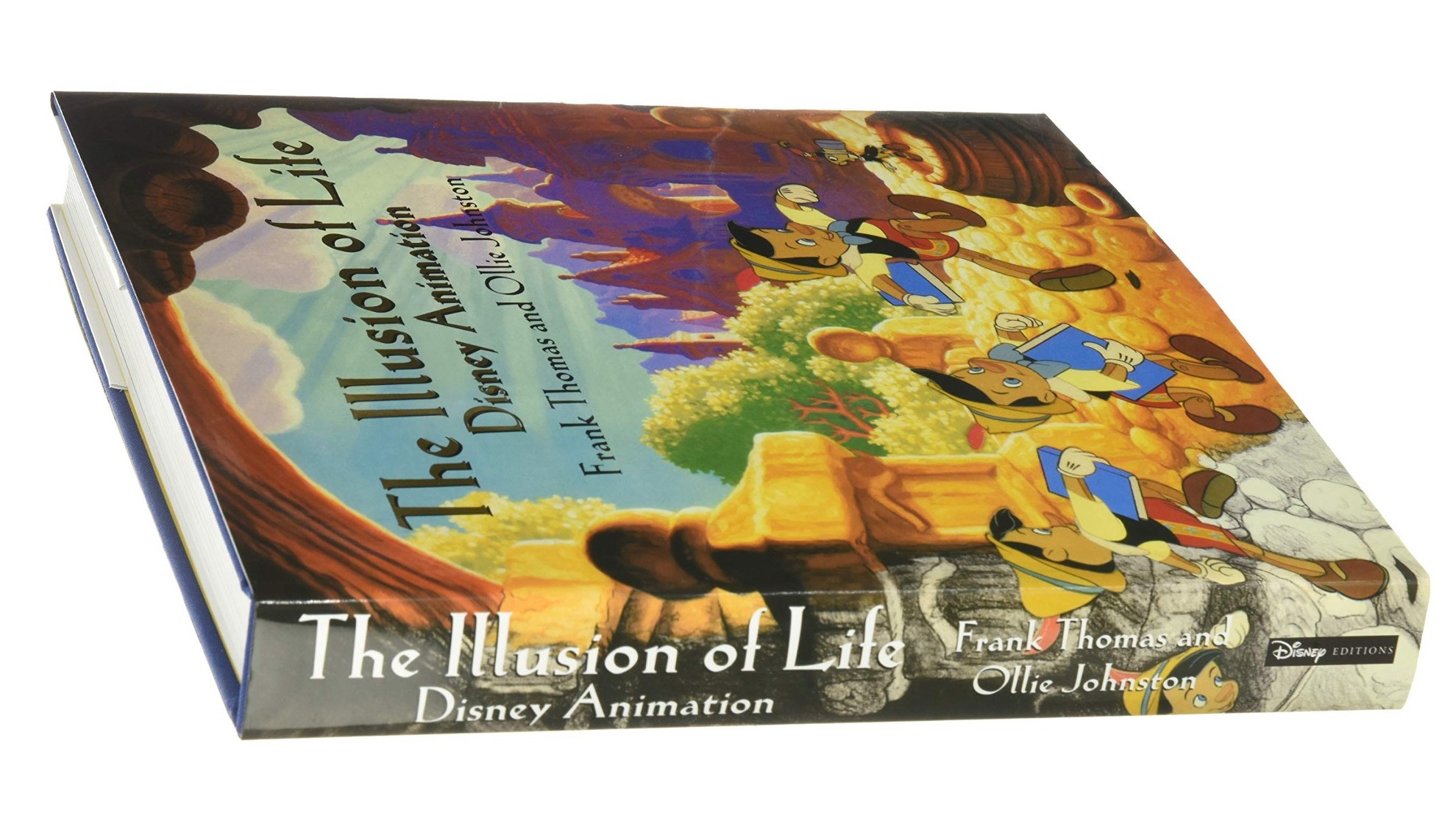
The last book on our list of the best drawing books is by no means the least useful. If you want to learn to draw for animation, this is a must-read classic. Written by two long-term Disney animators, The Illusion of Life tackles the subject from the very beginning. This drawing book offers inspiring photos, paintings, sketches and storyboards. Although it's not a tutorial book by any stretch of the word, it does offer a lot of advice and guidance regarding styles, effects, colour selection, and more. It also formed the basis for the 12 principles of animation, which are still used today.
Read more:
- The best graphic design books
- The best pencils: the best mechanical, colouring and drawing pencils (and more)
- Sketching tips: hone your skills

Thank you for reading 5 articles this month* Join now for unlimited access
Enjoy your first month for just £1 / $1 / €1
*Read 5 free articles per month without a subscription

Join now for unlimited access
Try first month for just £1 / $1 / €1
Related articles
Source: https://www.creativebloq.com/buying-guides/the-10-best-drawing-books
0 Response to "Drawings of the Number 1 Drawings of the Number 2 Funny"
Post a Comment